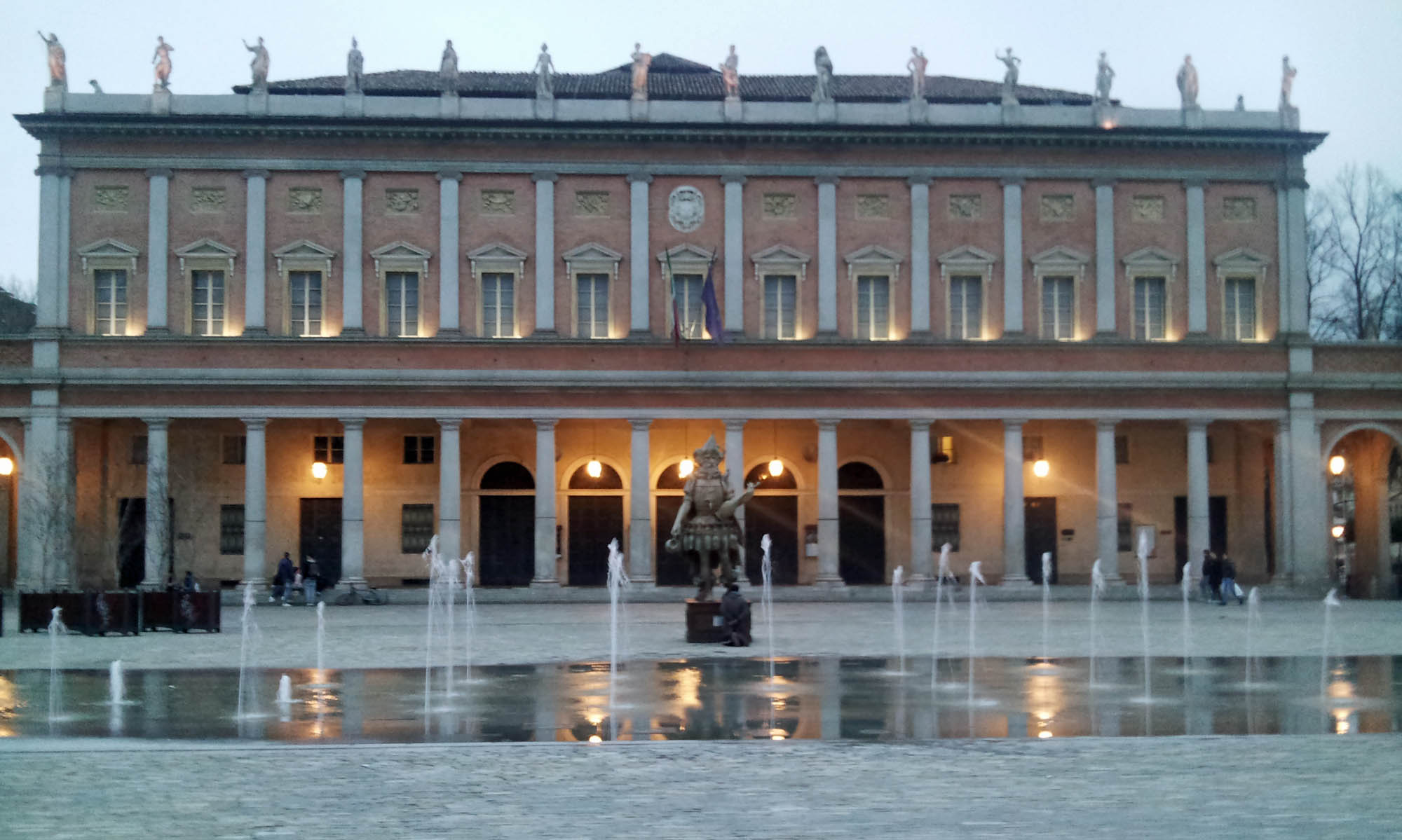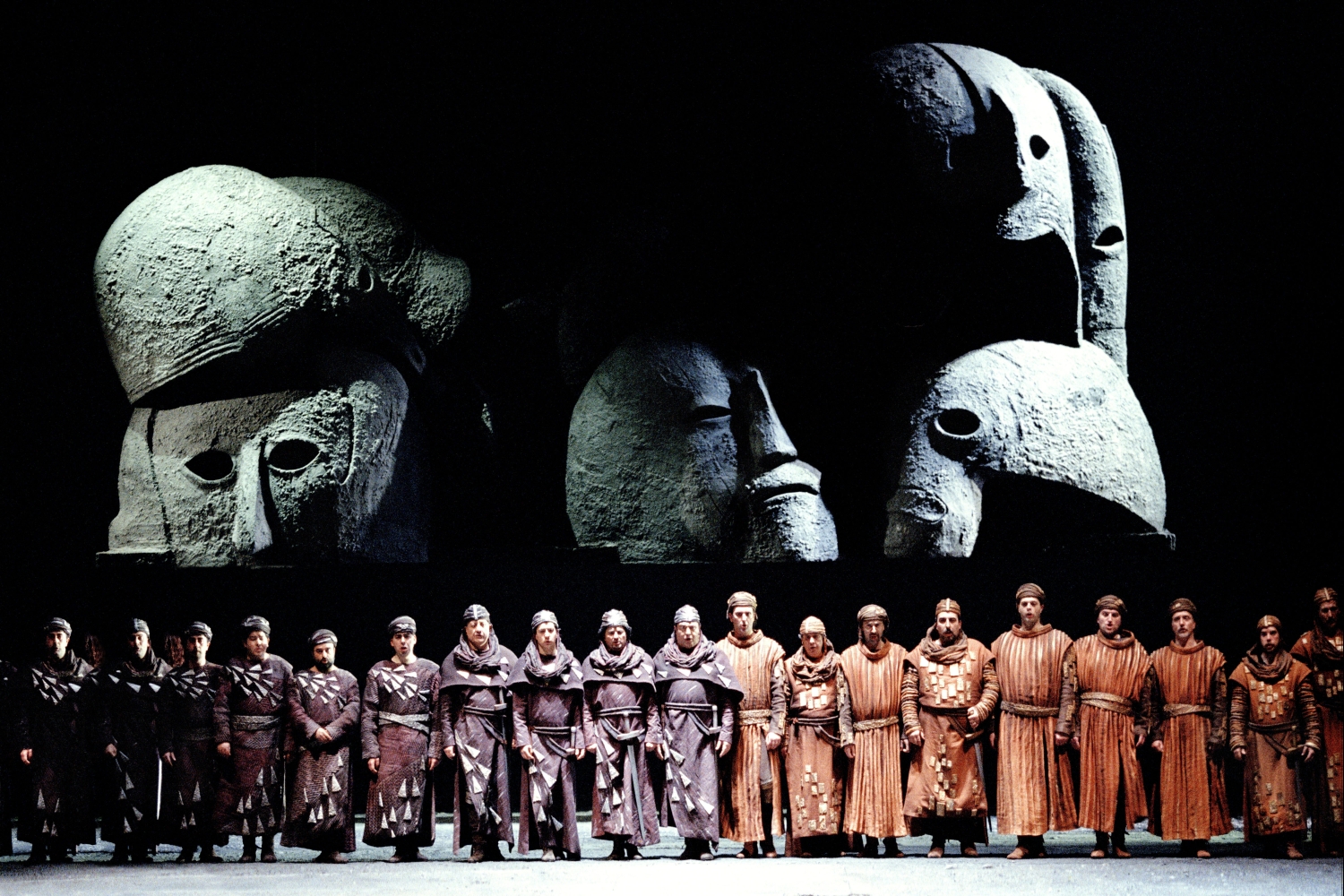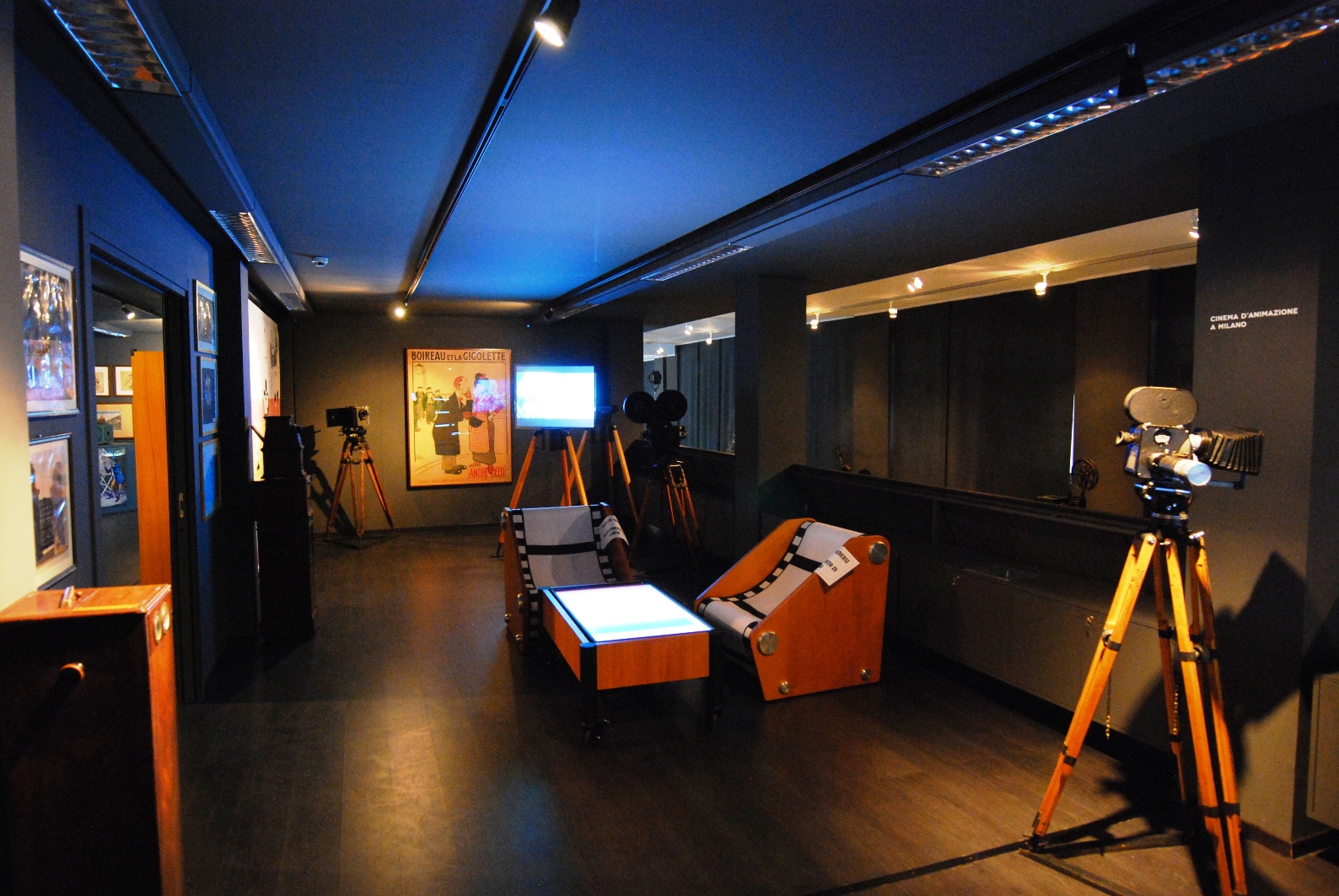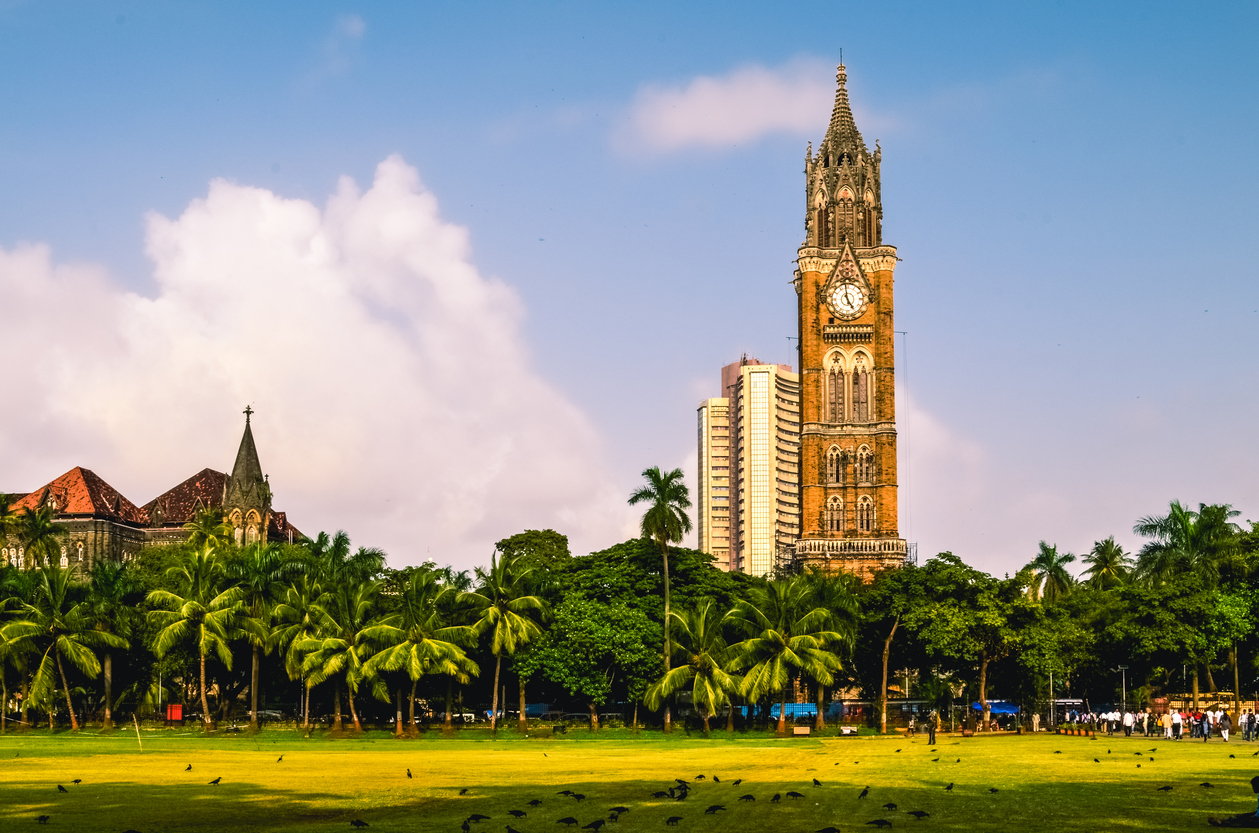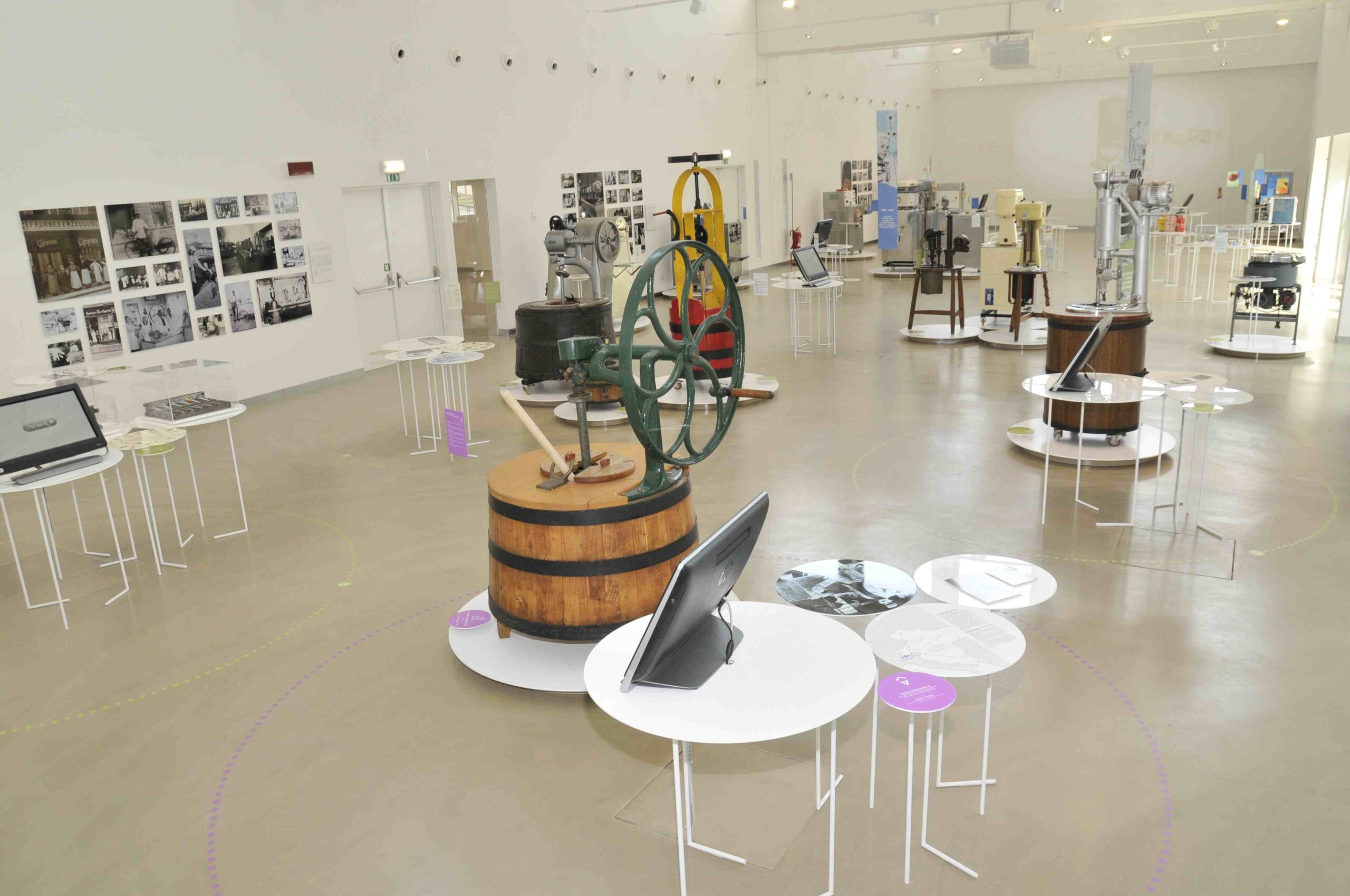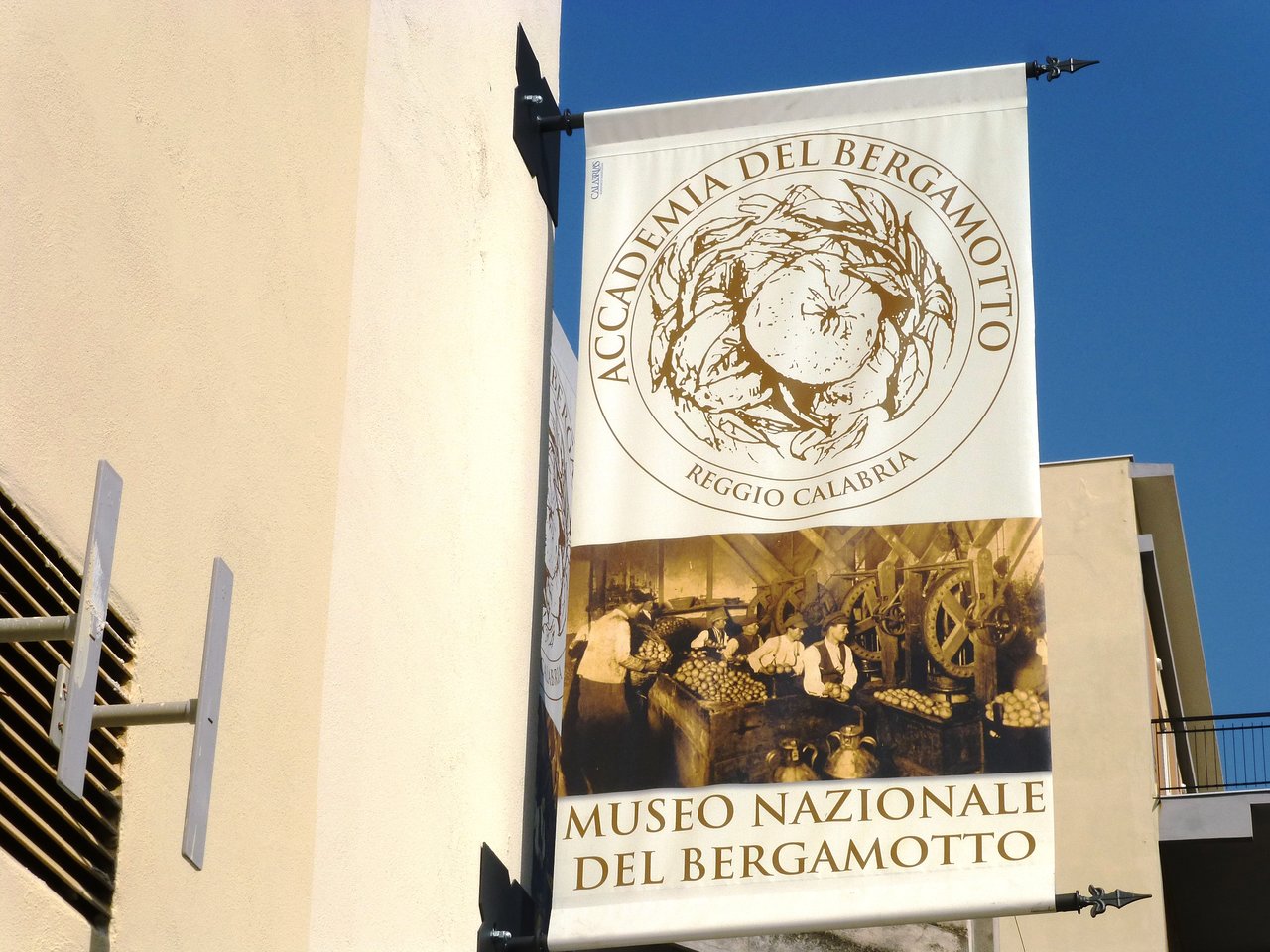The majestic complex of the Theatre, surrounded by public gardens, characterizes the city centre. The complex was built between 1852 and 1857 according to the project of the Modenese architect Cesare Costa (1801-1876). It is in the urban space occupied by the ancient citadel and covers an area of 3890 square metres. The theatre has undergone slight modifications and appears unchanged since its inauguration. Recently dedicated to the actor Romolo Valli from Reggio Emilia, it hosts a prestigious opera and concert season as well as a rich ballet performance. It has a library, an archive and a historical disco open to the public.
The main facade, facing south, rises on three granite steps. The lower part is supported by 12 columns that form an arcade: this is connected on both sides with two smaller arcades that support large terraces. In the upper part the facade is divided by 14 ionic pillars, between which there are 13 windows: above the central one there is the coat of arms of the municipality of Reggio Emilia. At the top of the facade 14 statues represent (from left to right) tragedy, vice, glory, drama, virtue, truth, education, delight, fable, joke, dance, inspiration, comedy, sound. At the same level as these, on the left, are three statues representing silence, curiosity and remorse; on the right three others depict painting, modesty and moderation. Eight other statues are located on the terraces: on the left Medea, Oedipus, Achilles, Attilio Regulus; on the right the Concioner, the Punisher of Himself, Prometheus, Daedalus. The allegorical conception and the arrangement of the statues were studied by Bernardino Catellani while the execution was entrusted to five sculptors from Reggio, Modena and Parma: Ilario Bedotti, Giovanni Chierici, Antonio Ilarioli, Prudenzio Piccioli and Attilio Rabaglia. Under the colonnade, between the arches of the doors, are marble medallions with bas-reliefs of Menander Sophocles, Euripides and Aristophanes by Paolo Aleotti (1813-1886). The decorative apparatus of the theatre depicts glories of Greek theatre in the peristyle, of Latin theatre in the vestibule, of Italian theatre in the rest of the rooms and was entrusted to Girolamo Magnani. The external portico leads to the rectangular vestibule, which houses the busts of Cesare Costa and Achille Peri and medallions depicting Plautus and Terence. You then enter the octagonal atrium with a ceiling decorated with putti, bacchae and friezes by Giuseppe Ugolini, Girolamo Magnani and Pasquale Zambibi. The waiting rooms, decorated with valuable sculptures and friezes, have doors copied for the theatre of the Duchess of Parma. From the right of the atrium, a grand staircase leads to the halls of the ridotto, the most important of which are the octagonal hall, the hall of mirrors and the red hall. These rooms are often used for chamber concerts, exhibitions and conferences. The atrium also leads to the performance hall with its horseshoe-shaped plan and total capacity of 1100 seats including stalls, four tiers of stage and gallery. The boxes are embellished with gilded decorations; the vault, decorated and painted by Domenico Pellizzi from Reggio Emilia in 1856, is divided into four large squares alternating with four smaller ones: the main ones host representations from Melodrama, Comedy, Choreography, Tragedy; the smaller ones host allegories of the theatrical arts. At the centre of the vault still hangs the original chandelier, 3.75 metres high and 3.05 metres in diameter. It is made of copper, stucco, carved and gilded wood and is completely garnished with crystals. The curtain was painted in 1857 by Alfonso Chierici and depicts the Italian "Genius" who invites the "Fine Arts…to be inspired in the glories of the history of their country". No less important is the "bedside table", or curtain of "convenience", painted by Giovanni Fontanesi again in 1857 and depicting a rural landscape with shepherds dancing around the statue of Apollo. In 1991, a third curtain was painted by the painter Omar Galliani.
